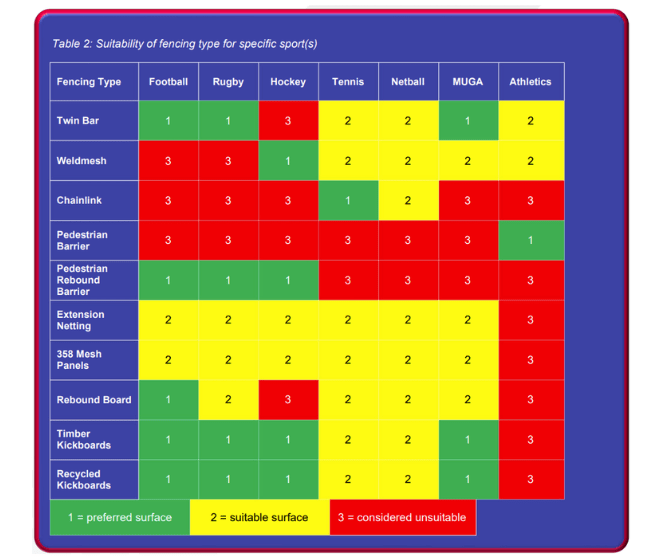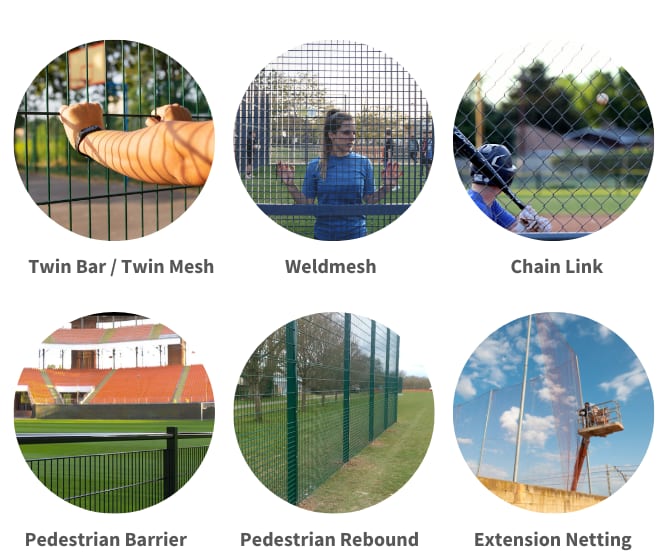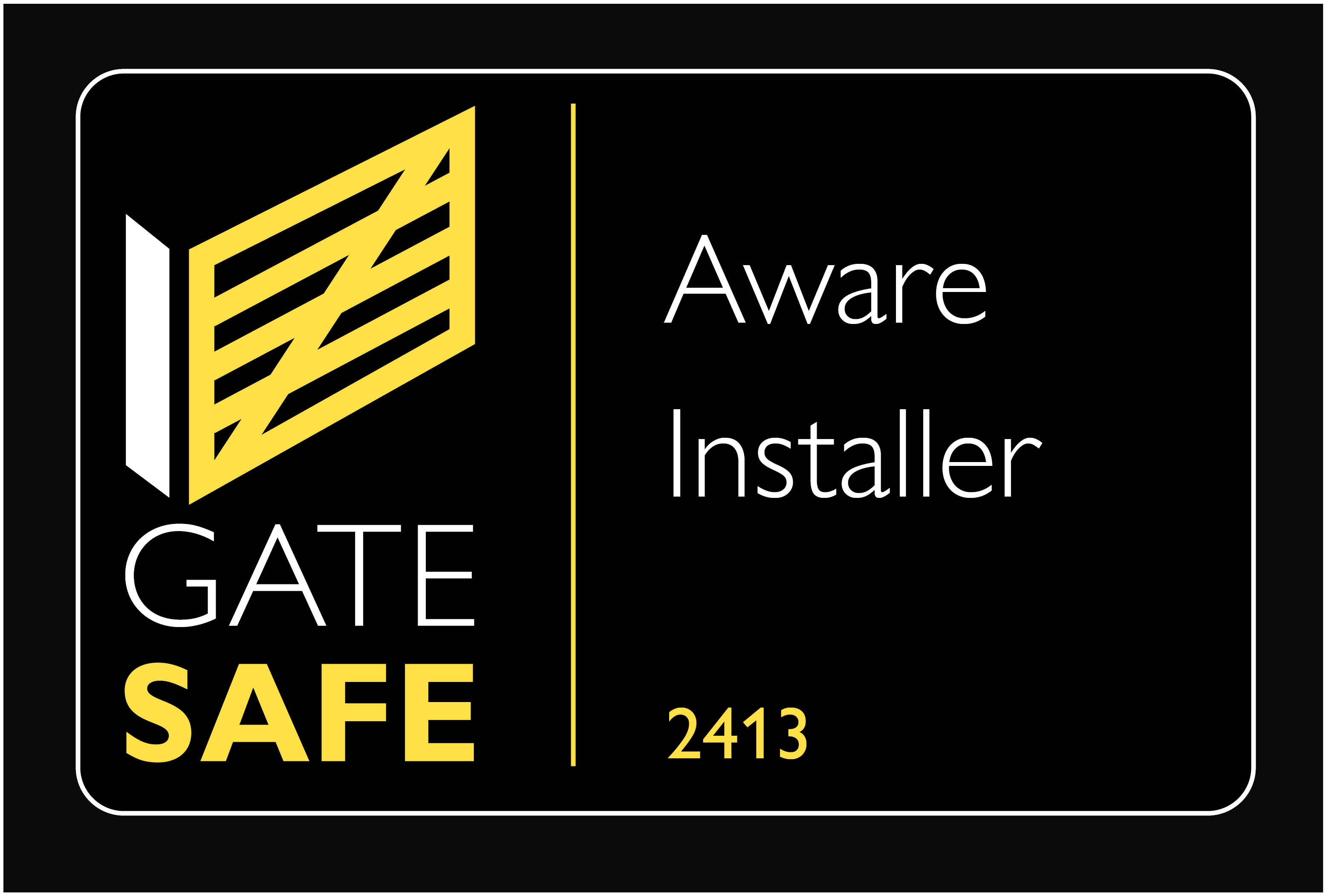First Facts: Understanding Sports Fencing

At a Glance
Not All Fencing Is Equal
Depending on the sport being played, levels of safety and the likelihood of the sport being a spectator sport, certain fences are more suitable than others, depending on the type of ball or equipment used.
Higher Than Normal
In sports where the ball cannot leave the area of play for safety reasons (due to roads or public spaces), extra-high fences, such as ball stop netting, can be used. These can be installed to a height of up to, and including, 20 feet!
Demarcation vs Security
It’s often recommended to adopt a multi-layered approach to fencing a sports club, particularly when security is a concern. No one wants a security fence blocking their view of a particular type of game!
Governance
Luckily, the sports industry is well-equipped to assist and advise on the most suitable fence material for specific sports applications, helping specifiers to better understand which fence to use.
Our Top Tips
Follow the guidance set out and listed in the applicable code of conduct or rules, sometimes set out by a specific association related to a sport.
Try to avoid using substitute fencing as an alternative to the suggested fencing material type.
Understanding Specific Fencing Types
When it comes to understanding a type of fencing for a specific sport, a great place to start is the Sports and Play Construction Association (SAPCA) code of practice. Think of this as a guideline for designing safety, security, and benefits to suit the characteristics of the sport in your sports field design.

Some Basic Fencing Material Types in Sports Fencing

Twin Bar / Twin Mesh
Strong 8mm parallel horizontal wires on either side of a 6mm vertical wire (868). Typically based on 200mm x 50mm centres, the bottom 1.2m can incorporate 50mm x 50mm centres known as rebound mesh.
Weldmesh
A quick solution in sports fencing often comes in roll or sheet form and is supported with posts, strainers and high tensile wire. Popular centres include 50mm x 50mm
Chain Link
Used more commonly in the USA and for tennis applications in the UK. The chain link reduces the energy in the ball, preventing it from returning into the area of play.
Pedestrian Barrier
More commonly known as spectator railing, this varies from simply key clamp systems to mesh infill options with vision strips and handrails. The range can often include single and double gates in the same style.
Pedestrian Rebound
Similar to Pedestrian Barrier, instead the wire centres are based on 50mm x 50mm, giving a better bounce back into play for a bigger range of sports.
Extension Netting
Ideal for sports where the ball may travel at height and needs to be contained. Sports being played near a road or developments include hockey, golf and even tennis.
Not All Sports Fencing Is Equal. Call Us Today to Discuss Your Sports Project
For more information on our sports fencing, please call our friendly sales team on 01283 512 111.
Download our PDF version of First Facts: Understanding Sports Fencing.












